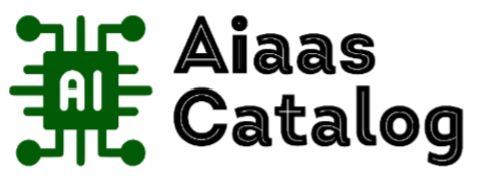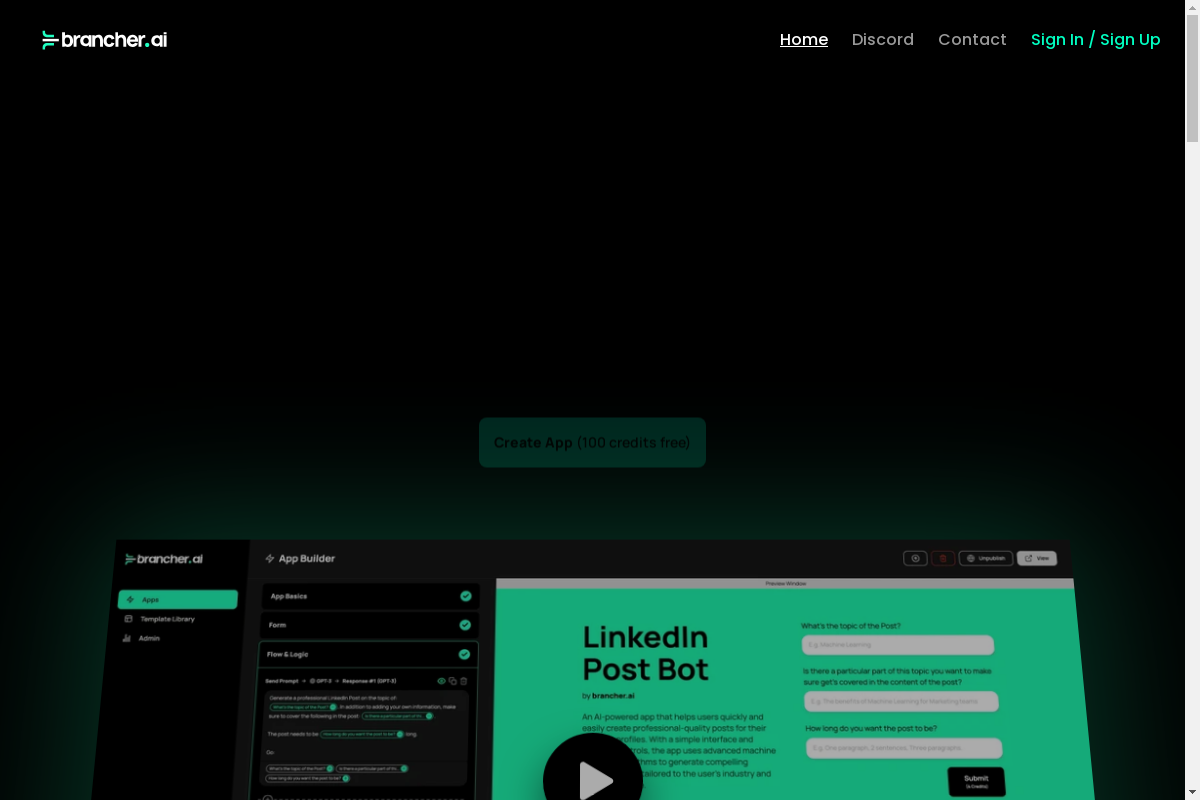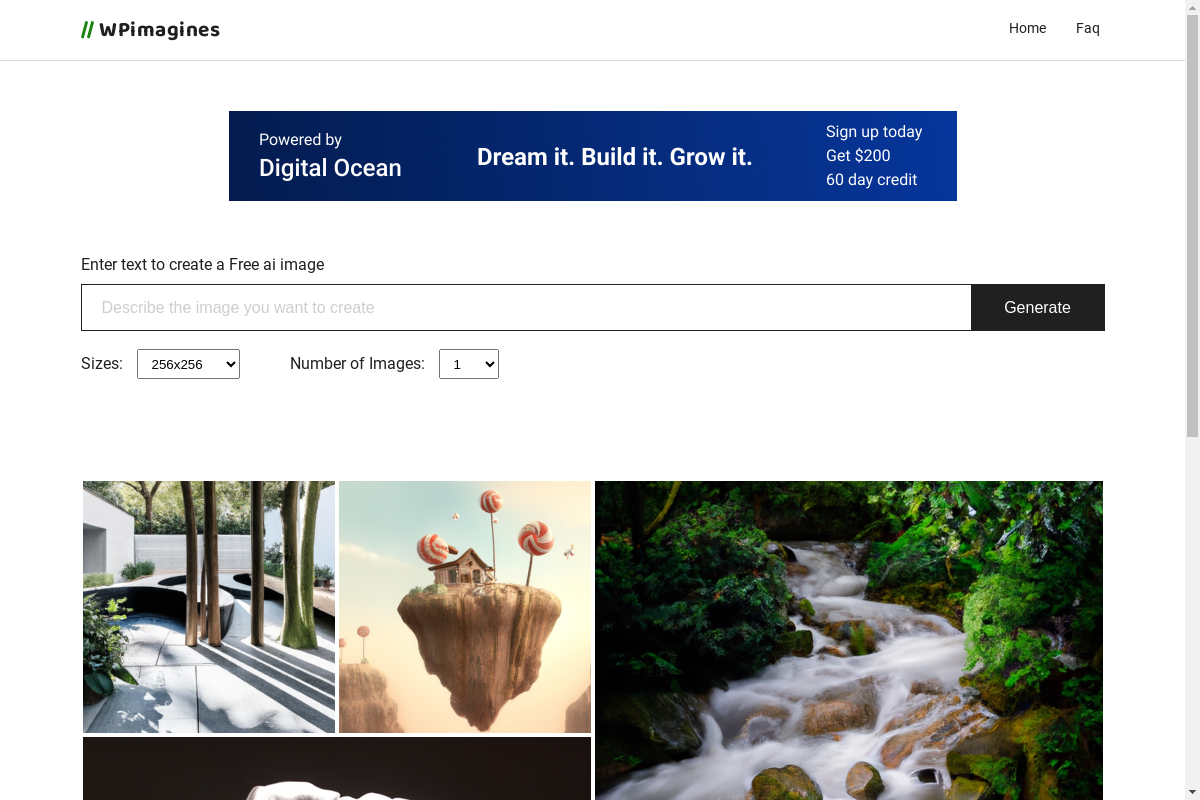Description
Features:
- Converts text-based requirements into machine-readable rulesets and logic.
- Offers a dedicated UI for writing specifications.
- Provides a debugging platform to validate, visualize, and refine rulesets.
- Translates rulesets into code in multiple programming languages, including Java, Python, and C++.
- Generates test cases from rulesets for testing, validating, and discovering edge cases.
Use Cases:
- Software Development:
- Automates the conversion of requirements into code, reducing manual effort and potential errors.
- Enables non-technical stakeholders to participate in the requirements definition process.
-
Facilitates collaboration between technical and non-technical teams.
-
Testing:
- Generates test cases from rulesets, reducing the need for manual test case creation.
- Improves test coverage by automatically identifying edge cases and scenarios.
-
Simplifies regression testing by ensuring that changes to requirements are reflected in the test cases.
-
Knowledge Engineering:
- Formalizes and structures domain knowledge into machine-readable rulesets.
- Enables the creation of knowledge bases for expert systems, chatbots, and other AI applications.
-
Facilitates the transfer of knowledge from human experts to AI systems.
-
Natural Language Processing:
- Transforms natural language requirements into formal logic, enabling AI systems to understand and reason about human language.
-
Improves the accuracy and efficiency of natural language processing tasks such as machine translation, text summarization, and sentiment analysis.
-
Requirements Management:
- Centralizes and manages requirements in a structured and organized manner.
- Facilitates traceability between requirements and their implementation, tests, and documentation.
- Enables efficient impact analysis and change management.











Reviews
There are no reviews yet.